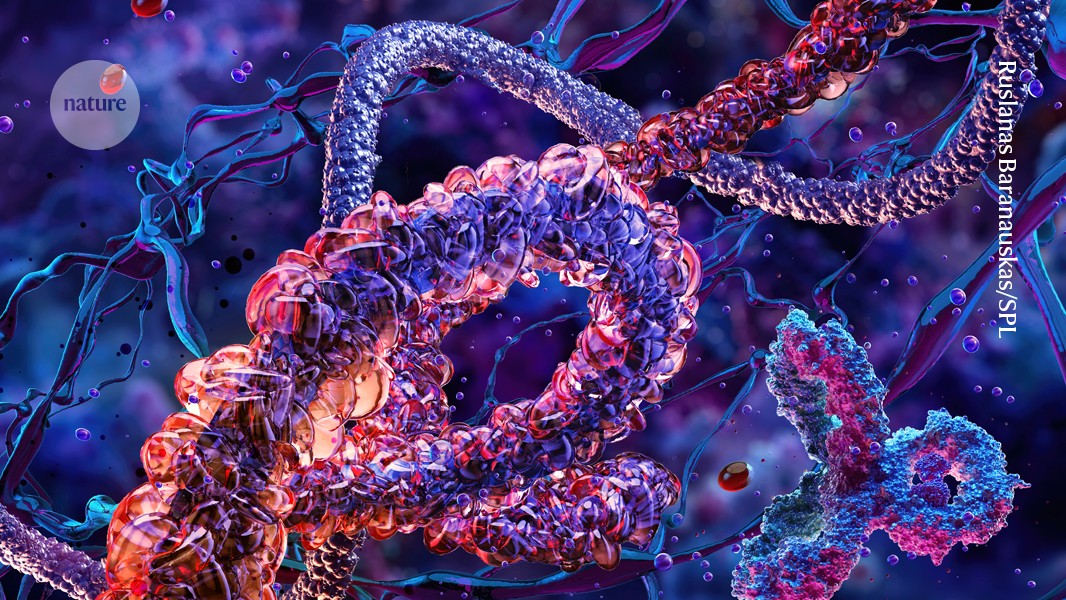
"The technique is "a very nice addition to the toolbox", says Mikko Taipale, who believes intein editors will enhance investigations into protein form, function, and localization."
"Tom Muir describes inteins as "Houdini proteins, because they escape from the bondage of the proteins they're embedded in" and highlights ongoing efforts to repurpose them as protein editors."
A new technique using inteins, self-removing strings of amino acids, allows scientists to incorporate chemical groups and unusual amino acids into proteins, aiding research on their function and location. This method represents a significant advancement in protein editing, akin to CRISPR for genes. However, while promising, current applications are limited to cell studies and require careful customization. Researchers are optimistic about future uses that could unravel the complexities of protein biology, despite past challenges in working with inteins.
Read at Nature
Unable to calculate read time
Collection
[
|
...
]